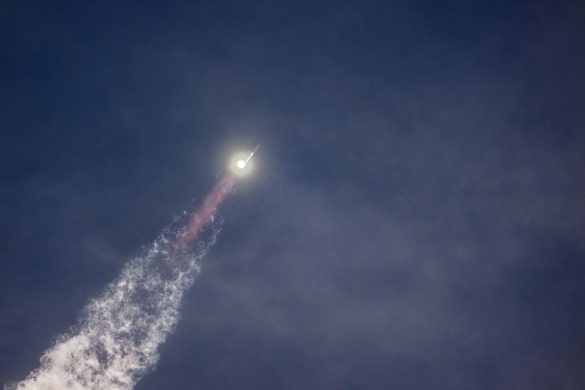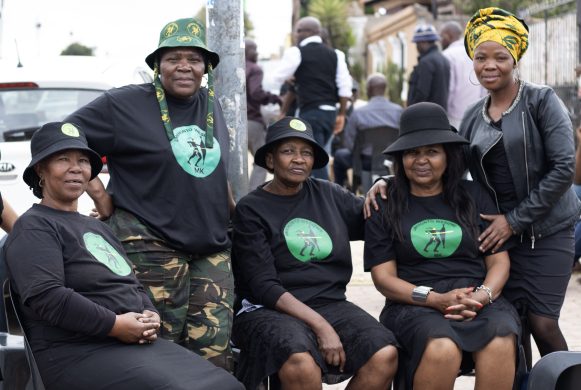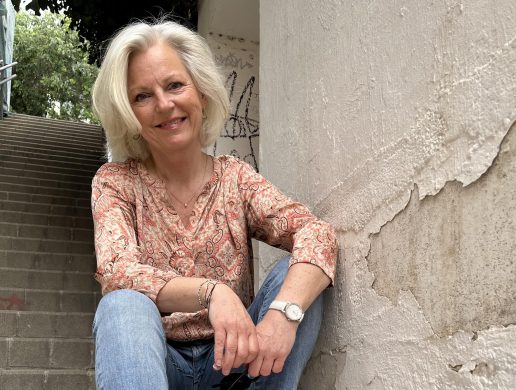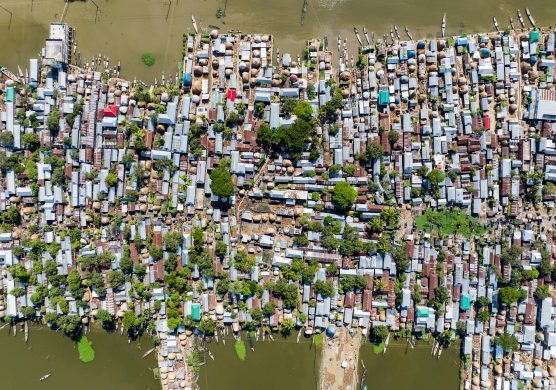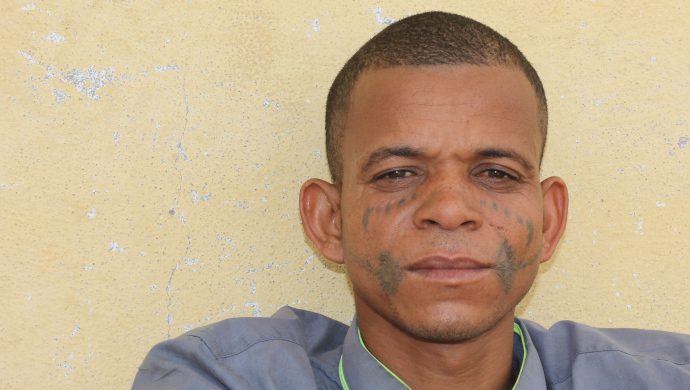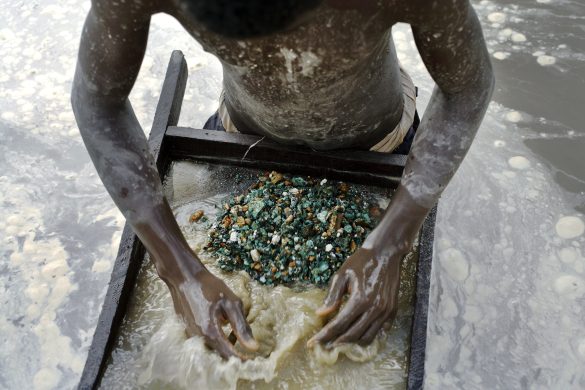FN’s Organisation for uddannelse, videnskab og kultur “UNESCO” sætter nu spot på endnu 45 globale kulturværker, som skal sikres for eftertiden ved optegnelse i et specielt register.
I 1992 lancerede UNESCO sit “Memory of the World-program”. Programmet lancerede i 1997 et register, som skal bidrage til, at den globale kulturarv – i form af historiske bøger, arkiv-materiale, lyd og billeder – kan blive beskyttet og bevaret.
Af danske værker i dette register kan nævnes: gamle kort over Grønland, dokumenter fra Danmarks koloni-herredømme på De Vestindiske Øer, Guaman Pomas inkakrønike og, som yngre og anderledes indslag, lydoptagelser med kongelige danske skuespillere fra slutningen af 1800-tallet.
The head of the United Nations agency tasked with preserving the world’s cultural heritage today endorsed recommendations to inscribe 45 new documents and documentary collections – ranging from Leo Tolstoy’s personal manuscripts to the collections of Jean-Jacques Rousseau to the patent issued to Carl Benz for a gas-fuelled engine in 1886 – into a heritage register.
The new entries bring to 238 the total number of items on Memory of the World Register, according to the UN Educational Scientific and Cultural Organization (UNESCO).
Skriver UN News Centre onsdag.
“By helping safeguard and share such a varied documentary heritage, UNESCO’s Memory of the World Programme reinforces the basis for scholarship and enjoyment of the creative wealth and diversity of human cultures and societies,” said Irina Bokova, UNESCO Director-General, after endorsing the recommendations of an international advisory committee, which met this week in Manchester, United Kingdom.
The Memory of the World Register covers all types of materials, including stone, celluloid, parchment, audio recordings, among others.
Eleven countries have items entered in the register for the first time – Bulgaria, Fiji, Guyana, Ireland, Japan, Mongolia, Morocco, Panama, Suriname, Switzerland and Tunisia.
Læs videre på: http://www.un.org/apps/news/story.asp?NewsID=38508&Cr=heritage&Cr1=


